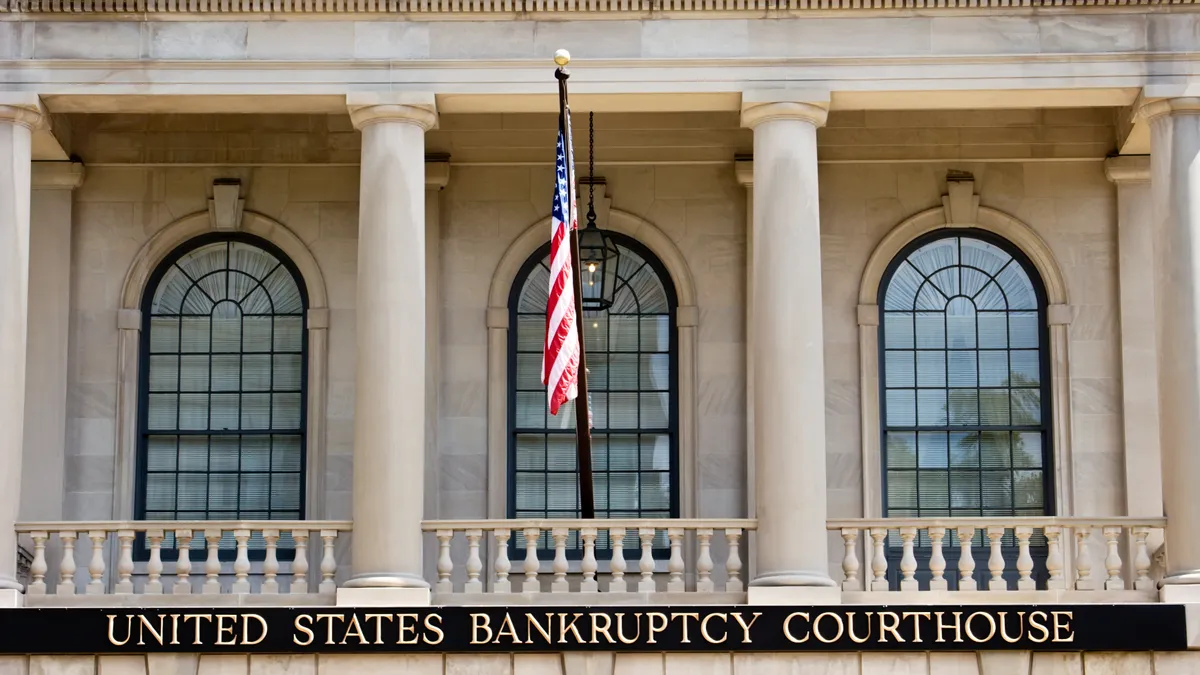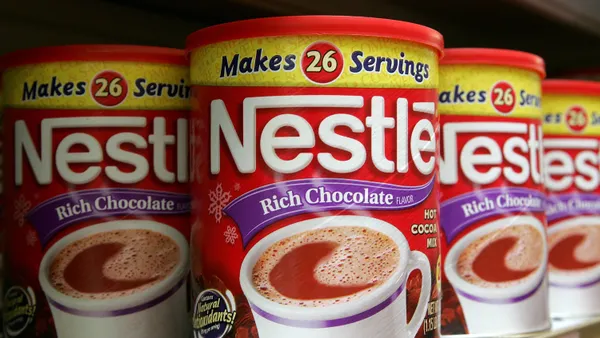Dive Brief:
- Total U.S. business and consumer bankruptcy filings jumped 18% to 445,186 in 2023 from 378,390 year-over-year, surging as rising borrowing costs and 22-year high interest rates combined with the tail off of pandemic stimulus pushed more debt-strapped companies and households to file for protection, according to data compiled by Epiq AACER, a New York-based data provider.
- Overall business filings increased 19% to 25,627 year-over-year, roughly in line with the rise of overall consumer filings which rose 18% to 419,559 over the same period, while commercial Chapter 11 reorganization filings soared 72% to 6,569, according to Epiq.
- While insolvencies remained below the pre-pandemic 2019 level of about 750,000, Epiq’s Michael Hunter expects business filings to rise again this year at a double-digit pace and to potentially surpass pre-pandemic norms in the next two to three years, even if the Federal Reserve begins lowering rates. “Our cost of funds is still high and whatever the Fed does in terms of rate reductions, those generally take 12-24 months to really take effect,” said Hunter, a vice president of business development at the company. “So I think there will be a lag in response and then the pent up demand of those that didn’t that probably should have filed for protection will also pile up.”
Dive Insight:
The rise in business failures was one of the darker pieces of 2023’s economic puzzle as a number of iconic names failed in their bids to stay afloat.
In a long anticipated move in April the Union, New Jersey-based home goods retailer Bed Bath & Beyond, which was hurt in part by what its then CFO Holly Etlin called a “reluctance” to compete in the e-commerce space, filed for Chapter 11 and its stores were shuttered by summer. Separately, the New York-based flexible office space firm WeWork filed for protection in November after struggling to navigate the shift to remote and hybrid work. Meanwhile, Instant Brands, the maker of the popular Instant Pot, filed for bankruptcy in June.
The post-pandemic fall off in government funding also led to a rise in healthcare bankruptcies. Large debt obligations, slowing patient volumes and battles with insurers were among the factors that led the Nashville, Tennessee-based physician staffing company Envision Healthcare to file for Chapter 11 bankruptcy protection in May, according to Industry Dive sister publication Healthcare Dive. Envision emerged from bankruptcy in November.
The high cost of capital weighed heavy across industries and households alike, according to Hunter. “The cost of funds for businesses and individuals, more so for businesses that leverage credit lines tied to prime, their expenses on the cost of those funds have certainly more than doubled if not potentially tripled over a year period or less,” Hunter said in an interview. “That’s a huge consideration in my mind to what’s changing the expense makeup.”
Kenneth Rosen, chair emeritus of the law firm Lowenstein Sandler’s bankruptcy and restructuring department, sees the shift in the lending environment as a key driver of the rising bankruptcies. Companies that previously had so-called “covenant light” loans with easier terms have recently been forced to refinance at a higher rate in a much less friendly market, with some finding that lenders were unwilling to lend to them at all.
“Lenders are less willing to refinance a relatively weak customer,” Rosen said. “They’re more discerning about what loans and companies they want to stay married to.”















